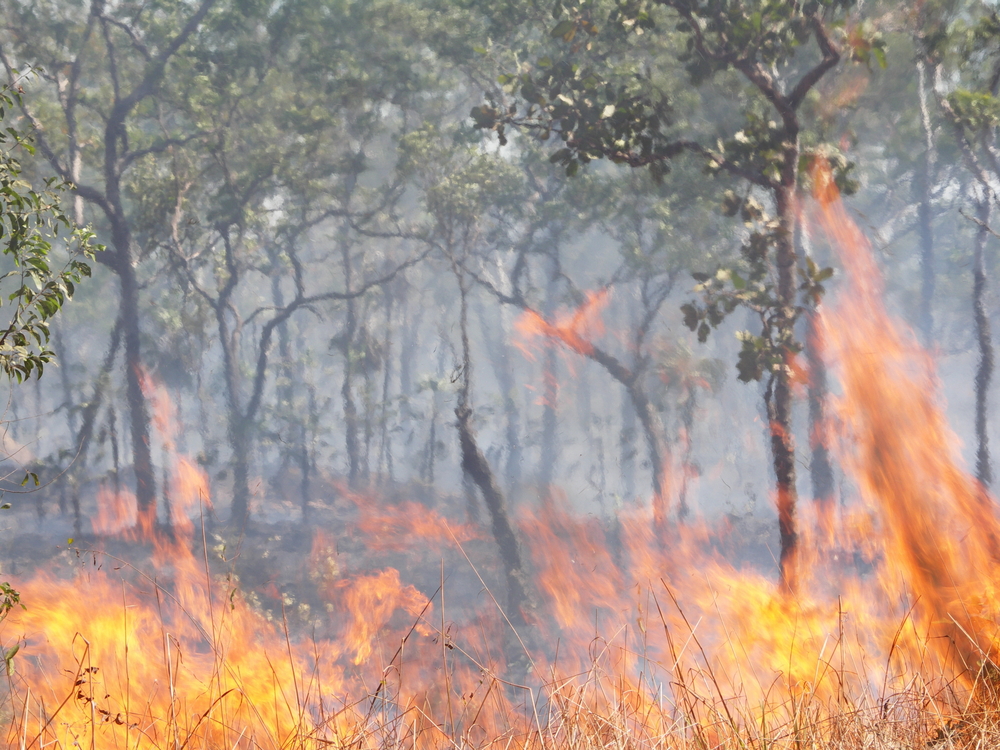Australia's Summer Is Hottest on Record

Australia's summer of 2013 is the hottest on record so far, the country's Bureau of Meteorology announced today (March 1).
The country's average temperature this summer has been 83.5 degrees Fahrenheit (28.6 degrees Celsius), 2 degrees F (1 degree C) above normal. That breaks the previous summer temperature record, set in the summer of 1997 to 1998, by 0.18 degree F (0.1 degree C).
Summertime in the Southern hemisphere runs during wintertime in the Northern hemisphere. Australia defines the season based on the meteorological definition, in which summer begins on Dec. 1 and ends on the last day of February.
A widespread and prolonged heat wave drove temperatures up for three weeks in January, with the hottest temperature during that period peaking at a whopping 121.3 degrees F (49.6 degrees C) in Moomba in South Australia. That heat wave contributed to massive wildfires, with 130 burning in New South Wales alone as of Jan. 8.
Records were also set in Sydney, which hit 114.4 degrees F (45.8 degrees C), and Hobart in Tasmania, which got up to 107.2 degrees F (41.8 degrees C). According to the Bureau, of the 112 locations used for long-term climate monitoring, 14 had their hottest day on record during the summer of 2012-2013. [The Harshest Environments on Earth]
The country also experienced the highest recorded number of consecutive days the average maximum daily temperature exceeded 102. 2 degrees F (39 degrees C). That occurred over seven days between Jan. 2 and Jan. 8, beating out 1973's record of four days.
With all the heat came little moisture. Summer rainfall was at its lowest since 2004-2005, with Victoria recording its driest summer since 1984-1985.
Sign up for the Live Science daily newsletter now
Get the world’s most fascinating discoveries delivered straight to your inbox.
Australia didn't swelter alone. December and January were the hottest on record for land areas in the Southern Hemisphere. Temperatures in Patagonia, Chile, were more than 7.2 degrees F (4 degrees C) above normal in January, while much of southern Africa reported its hottest temperatures on record that month.
Australia's hot summer and dangerous wildfires echo the pain of previous years. In February 2009, a heat wave hit the province of Victoria, bringing scalding temperatures and no moisture for weeks. On Feb. 7, about 400 wildfires burned through Victoria, killing 173 people and earning the date the moniker "Black Saturday."
Meanwhile, other parts of the world have experienced their own miserable summers. The first five months of 2012 were the hottest on record for the contiguous United States, and things only got worse in July, when a heat wave tied or set daily records in every state. In total, the month set 2,755 highest maximum temperatures and 6,171 highest minimum (nighttime) temperatures.
Follow Stephanie Pappas on Twitter @sipappas or Live Science @livescience. We're also on Facebook & Google+.

Stephanie Pappas is a contributing writer for Live Science, covering topics ranging from geoscience to archaeology to the human brain and behavior. She was previously a senior writer for Live Science but is now a freelancer based in Denver, Colorado, and regularly contributes to Scientific American and The Monitor, the monthly magazine of the American Psychological Association. Stephanie received a bachelor's degree in psychology from the University of South Carolina and a graduate certificate in science communication from the University of California, Santa Cruz.









